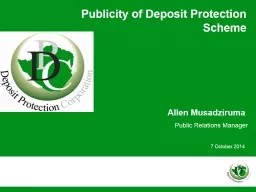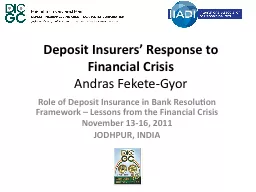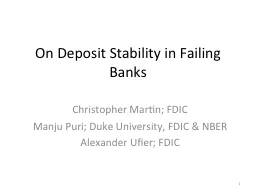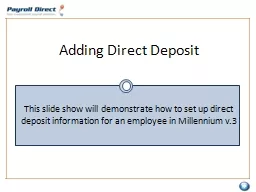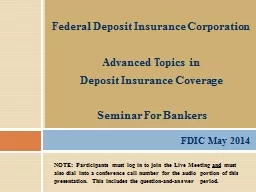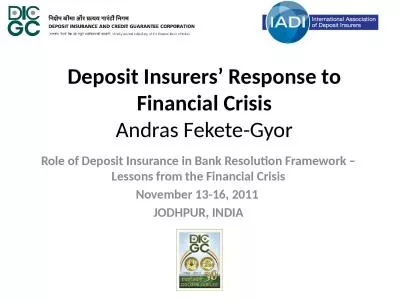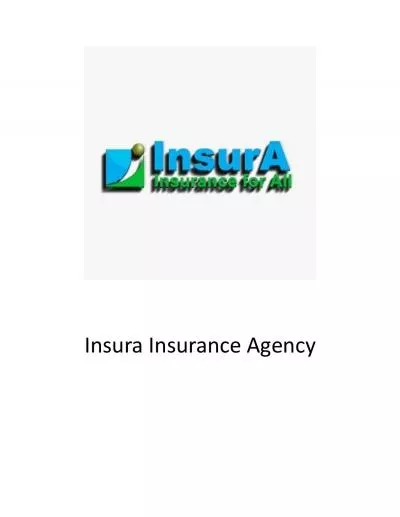PPT-Comprehensive Deposit Insurance
Author : olivia-moreira | Published Date : 2018-09-30
Seminar For Bankers 2017 Important This is a printable version of the seminar and does not include certain graphics video and animation that are part of the live
Presentation Embed Code
Download Presentation
Download Presentation The PPT/PDF document "Comprehensive Deposit Insurance" is the property of its rightful owner. Permission is granted to download and print the materials on this website for personal, non-commercial use only, and to display it on your personal computer provided you do not modify the materials and that you retain all copyright notices contained in the materials. By downloading content from our website, you accept the terms of this agreement.
Comprehensive Deposit Insurance: Transcript
Download Rules Of Document
"Comprehensive Deposit Insurance"The content belongs to its owner. You may download and print it for personal use, without modification, and keep all copyright notices. By downloading, you agree to these terms.
Related Documents


